(Listen to the radio version here.)
After visiting Discovery Cove in the morning on April 14, our group spent the afternoon in another place with captive animals, Wild Florida, which especially highlights alligators. I’ve spent enough time in such wild places as Merritt Island National Wildlife Refuge and Everglades National Park that I wasn’t much interested in that. Wild Florida also features two-toed sloths and a “wild animal safari” on which people can see zebras, giraffes, antelope, and bison. I suspect a lot of tourists never learn that, despite Wild Florida’s name, none of those animals has ever been found wild in central Florida.
We had an hour or so to kill before a scheduled airboat ride, time I used to photograph a perfectly wild Red-shouldered Hawk and a gorgeous peacock strutting around. Peafowl have been brought all over the world from India, and though wild populations have been established here and there, including some places in Florida, eBird called this one an exotic. It was still useful to get good photos.
I was certain I’d outright dislike the airboat ride—airboats are extremely loud and burn a lot of fossil fuels. But unlike most motorboats, airboats do not have underwater propellors, so despite the noise, and especially at the slow speed we maintained, they are gentler on vegetation and far, far safer for such slow-moving creatures as manatees (which aren’t found in Wild Florida anyway). We had to wear heavy-duty noise-suppressing headphones on the ride, allowing us to protect our hearing while listening to the captain.
Wild Florida is located at the top of what was once that enormous river of grass, the Everglades, and the boat captain was very familiar with the birds and other natural and non-natural wildlife here.
When we passed cattle grazing in the shallow water, he explained that Florida is a major producer of beef—something I hadn’t been aware of—and he also pointed out the Cattle Egrets hanging out with the cows. As a birder I’d of course already noticed them, but was pleased that this is the sort of thing he tells tourists about.
He pointed out Mottled Ducks, Sandhill Cranes including parents with a chick, and lots of herons and egrets. I counted about 150 Common Gallinule adults and chicks on the ride.
He also pointed out a Red-shouldered Hawk. My photos from the boat are much cooler than the ones I’d taken earlier—that bird was perched on man-made structures while this one was in natural vegetation.
I was headed to South Florida in another week, hoping against hope I would see a Gray-headed Swamphen. When I mentioned that, the captain made a slight turn and pointed one out. Voila!
As in a lot of touristy places, the wild birds that live here must be at least somewhat accustomed to human traffic. I was thrilled to see this lifer at all, and very impressed with the captain’s piloting skill and conscientiousness. He approached close enough for us to get satisfying looks while not getting too close to what turned out to be not just one bird but a family unit.
The parents and chick were eating as they moseyed along at the edge of the vegetation, apparently not concerned about us noisy, nosy gawkers.
From the airboat we also saw lots of Limpkins and one Snail Kite, but too distant for good photos. These two species are dependent on apple snails. When I mentioned that I didn’t have any photos of snail egg clusters, the captain drew us to where I could not just see but get good photos of a couple, which will be very useful in programs I do about invasive apple snails, Limpkins, and Snail Kites.
I hadn’t expected much, but I ended my Wild Florida afternoon visit with a list of 40 wild species, some great photos, and a LIFER! I was thrilled.


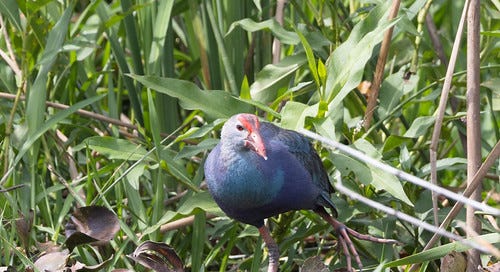



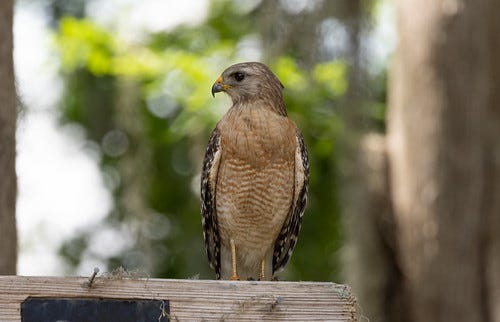
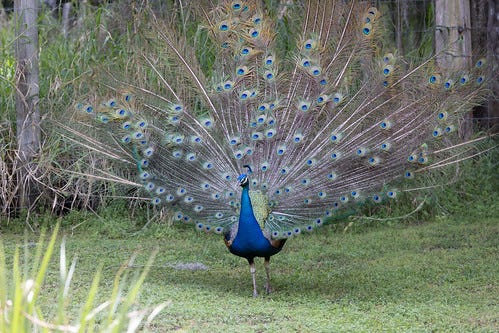
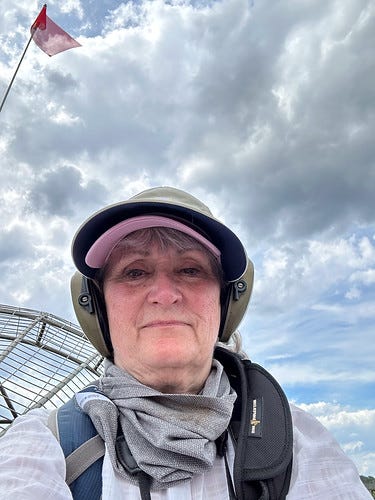
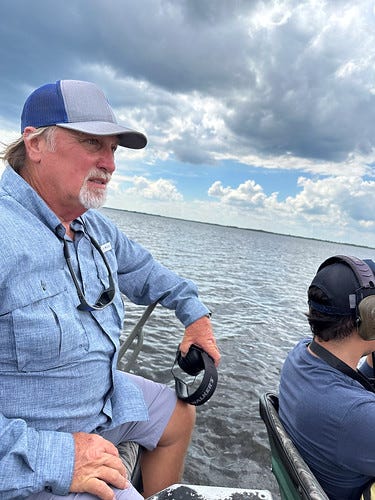
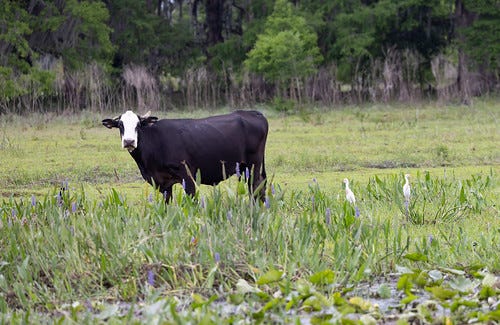


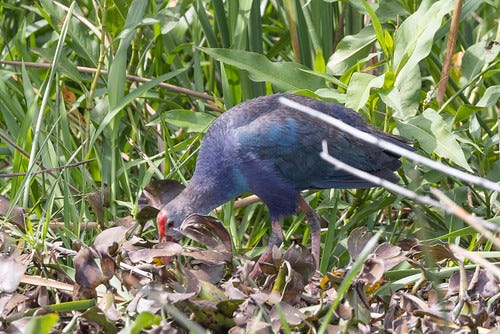



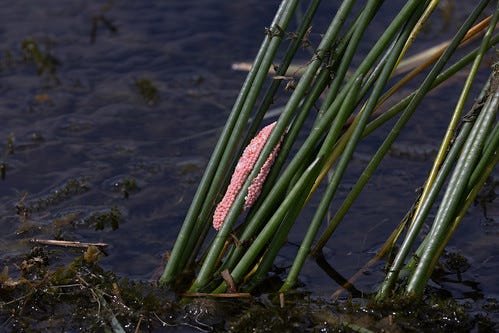

if you would like a good read about Florida history and how it was settled the last time round I can recommend a book "A Land Remembered" by Patrick D Smith. He taught at college in Titusville for years and wrote many books about FL. This is the one I would recommend you start with. It explains "cracker" and the cattle farming in FL.